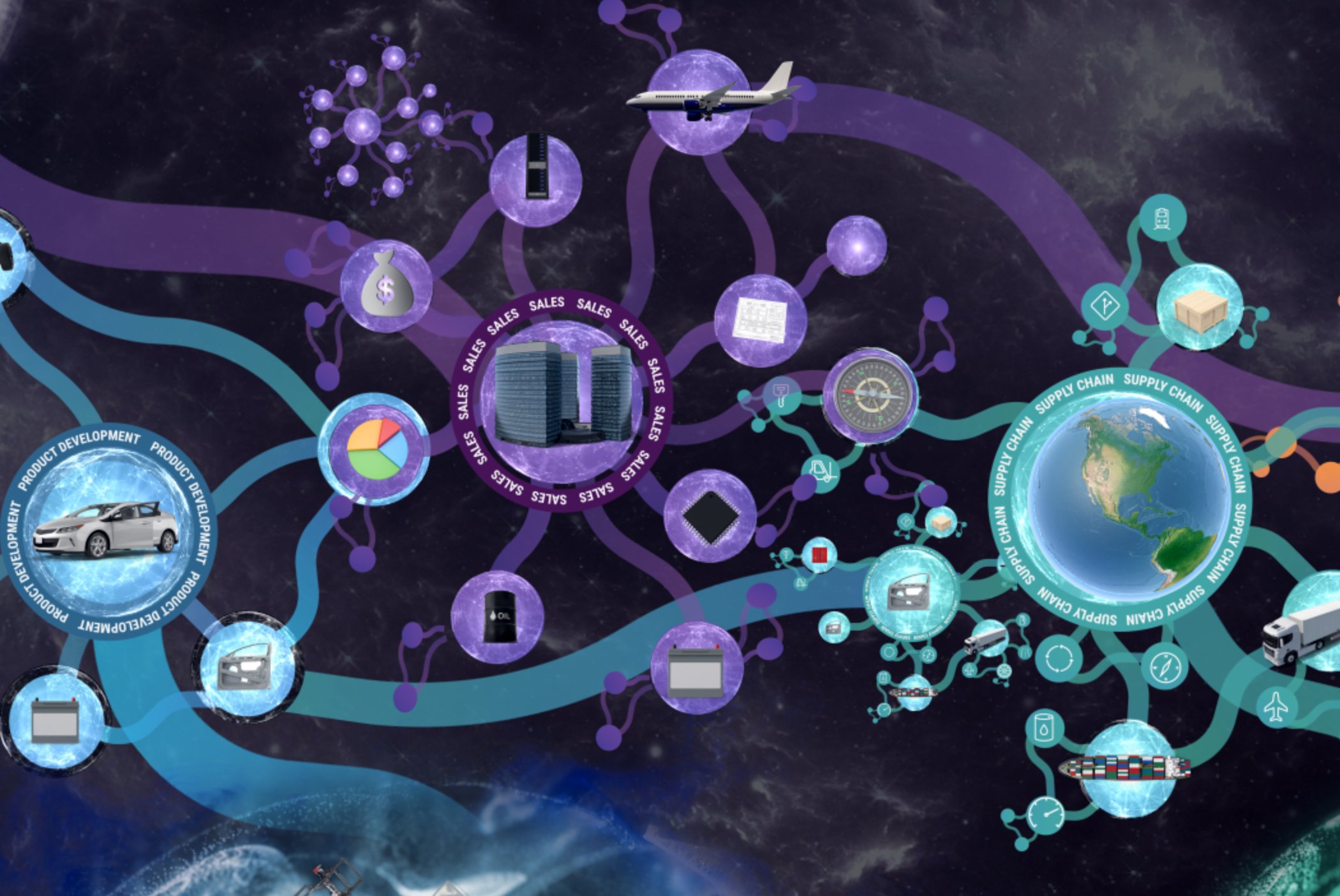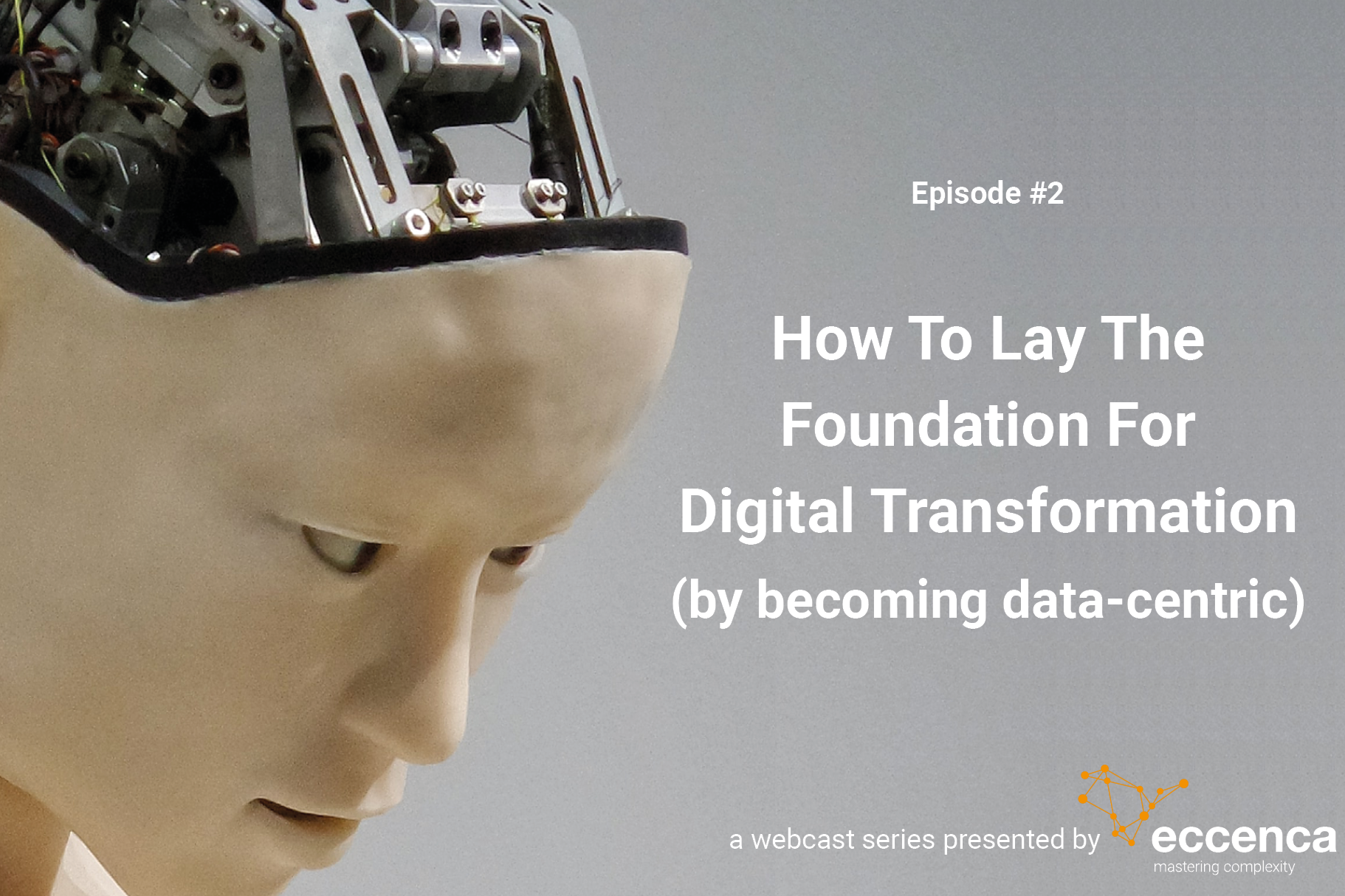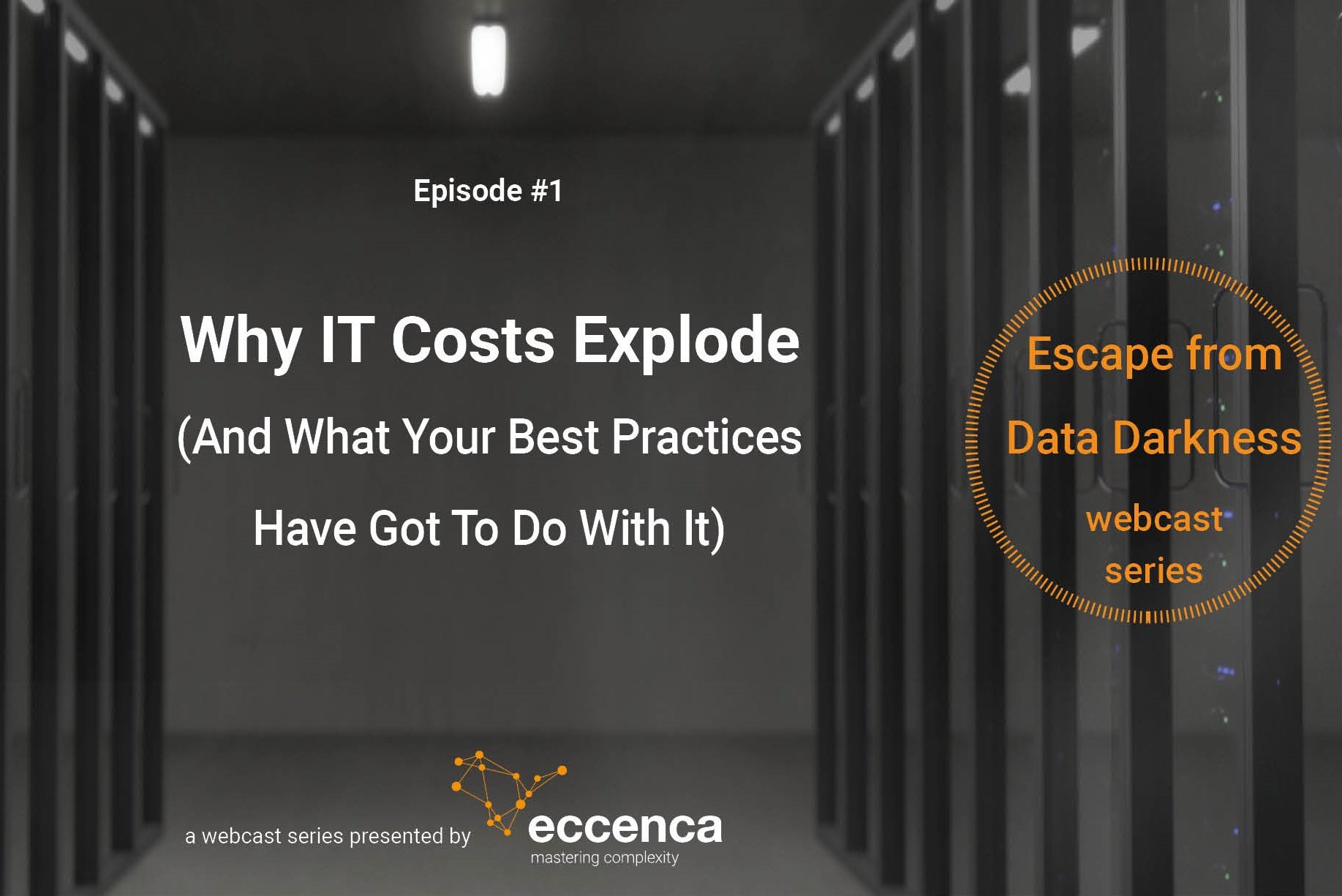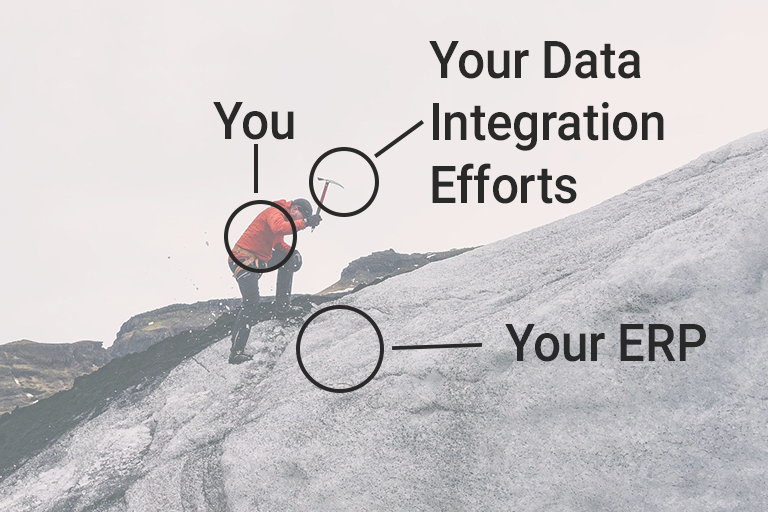How Digital Twins Enable Digital Supply Networks

Author: Chris Brockmann, CEO eccenca
Supply chain management is on the direct path to digitalization. This was recently confirmed by the leading technology market research institute Gartner in its Supply Chain Technology Trends 2019 report. Nevertheless, those responsible in management are still struggling with the cross-functional utilization of relevant data. A Digital Supply Chain Twin based on Knowledge Graph technology can achieve the necessary data transparency and integration.
Christian Titze, Gartner VP and Research Director for Supply Chain Management, is certain that Digital supply chain twins are part of the digital theme that describes an ever-increasing merger of the digital world and the physical world.
Titze and his research team identify the Digital Supply Chain Twin as one of the Top 8 Supply Chain Technology Trends 2019. The technologies listed in the trend report are ones that supply chain leaders simply cannot ignore, as Christian Titze points out. He adds that it is very likely that these technologies will greatly impact people, business objectives and IT systems within the next five years.
In addition to the digital supply chain twin, the usual suspects artificial intelligence, robotic process automation (RPA), IoT, immersive experience and blockchain also earned a spot in Gartner's top 8. While many technologies are debateable, Christian Titze is sure that Digital Supply Chain Twins will not be just another technology within the Top 8 cluster. In fact, they are the foundation for the successfull supply chain digitalization.

Data Needs Context
As Gartner states in its release digital supply chain twin is a digital representation of the relationships between all the relevant entities of an end-to-end supply chain — such as products, customers, markets, distribution centers/warehouses, plants, finance, attributes and weather. [...] It creates end-to-end visibility by being in lock step with the real-world supply chain. Through this linkage to the real world, situational awareness and supply chain decision making are greatly enhanced.
Therefore, the digital supply chain is not only the bridge between the real, profit-oriented world and the information-based, decision-making world. It is also the link between all the different data sources that connect a company's key 5 Ps to a truly digitized ecosystem. In an enterprise, the 5 P's form the key pillars of business success: products, processes, people, partners and policies. However, the question remains how this can be achieved in companies characterized by thousands of disparate systems and an IT that is close to its breaking point.
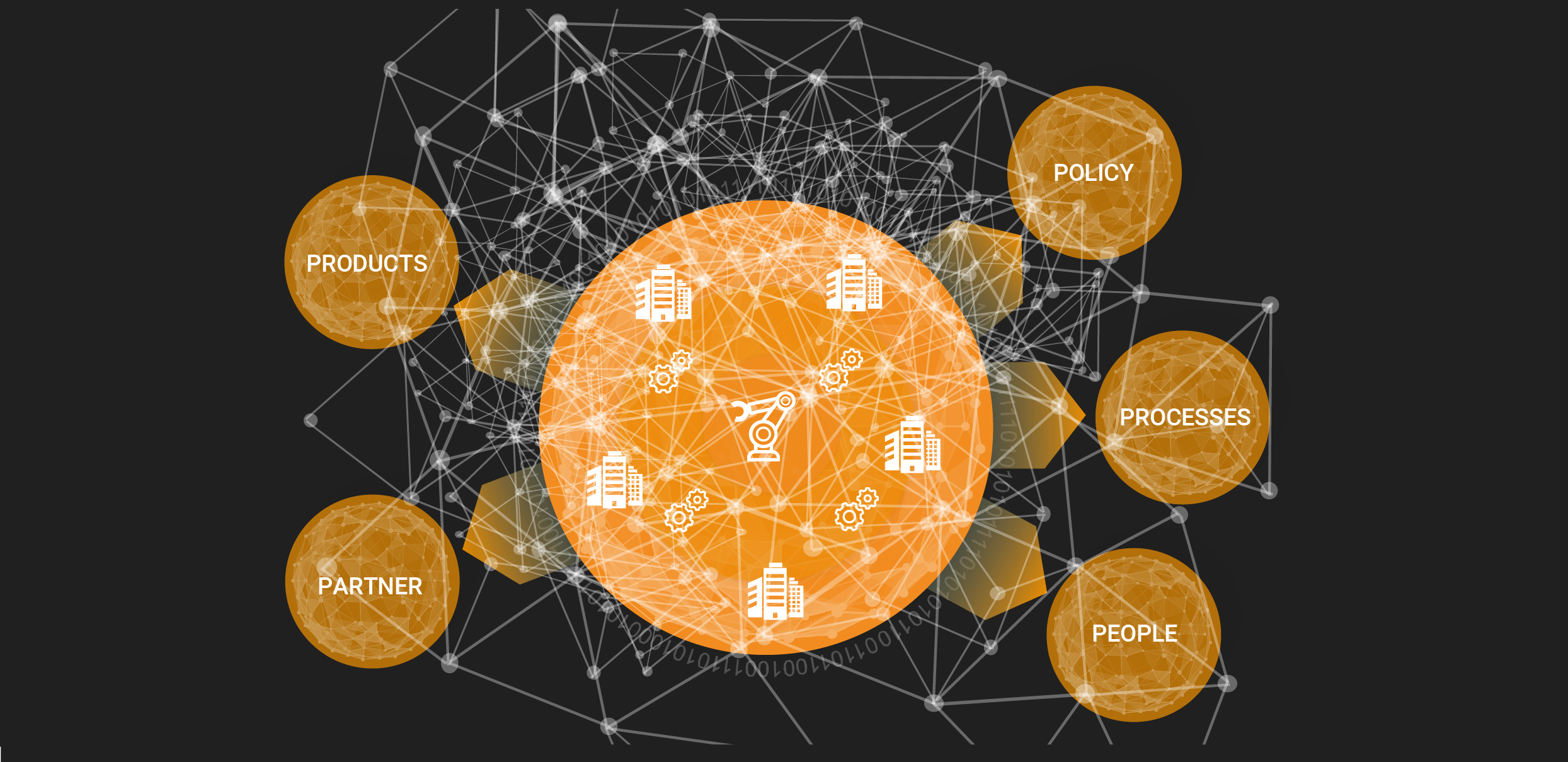
The End Of Data Silos
With individual customer demands, lot size 1, and ever-increasing customer service expectations, chief supply chain officers must push for seamless end-to-end collaboration across their entire ecosystem. And to do that, they need data from a variety of different sources. But data without context and a shared understanding becomes noise. To drive digital maturity, companies need a data management foundation that connects all the dots between disparate data sources.
And this is exactly what knowledge graphs do. They link and virtualize data via metadata across all system within a company - and even beyond. Knowledge Graphs allow for the system-agnostic and flexible integration of all forms of data – regardless of whether it comes from Excel sheets, .csv or binary data sets, to give some common examples. To add a knowledge graph framework to the existing data landscape doesn't even require to change the proprietary source systems or start costly data migration projects. This is particularly relevant in areas where complex planning and decision-making processes are based on equally complex IT and data architectures. Just like in supply chain management.
Explore the possibilities of knowledge graph driven Digital Twins.
The article was first published in German in 2019 on Industry of Things.






